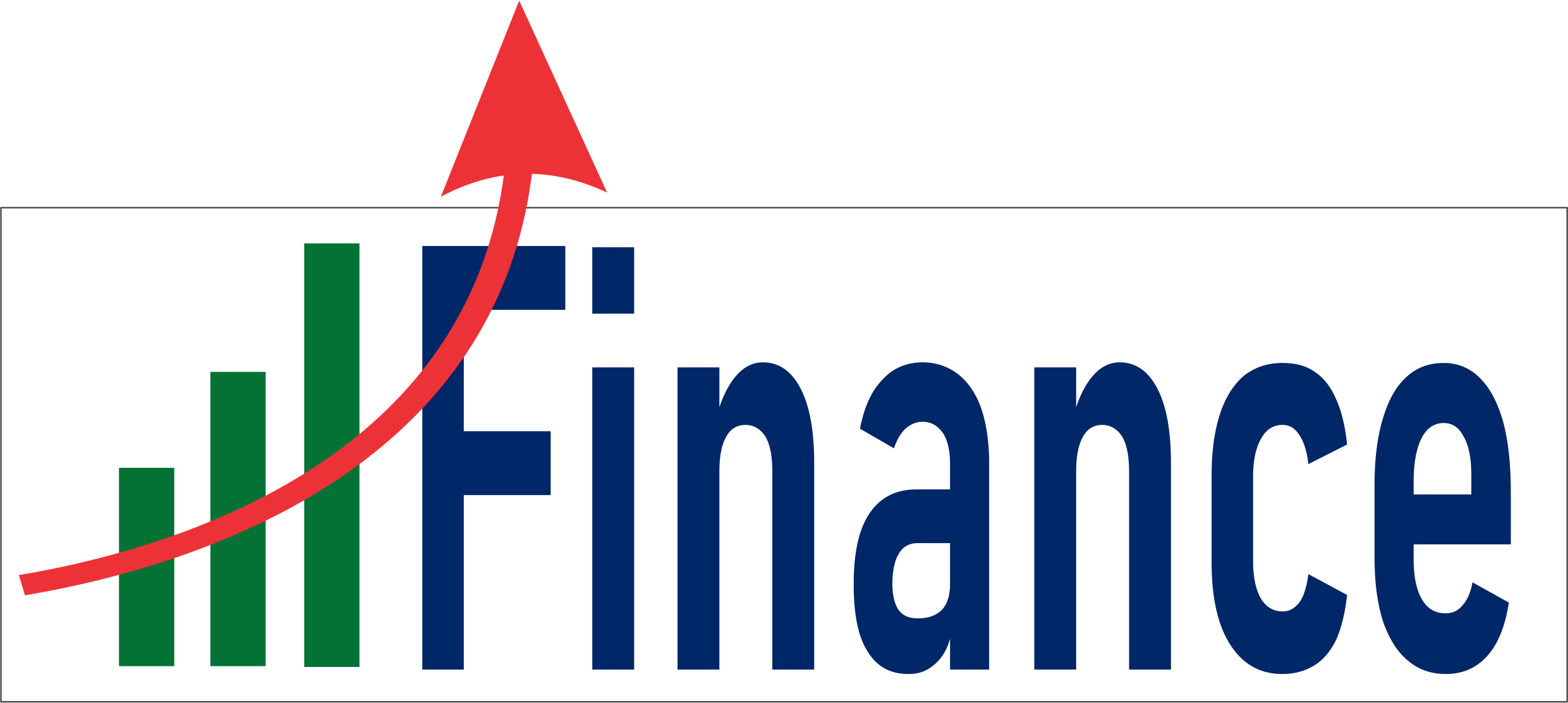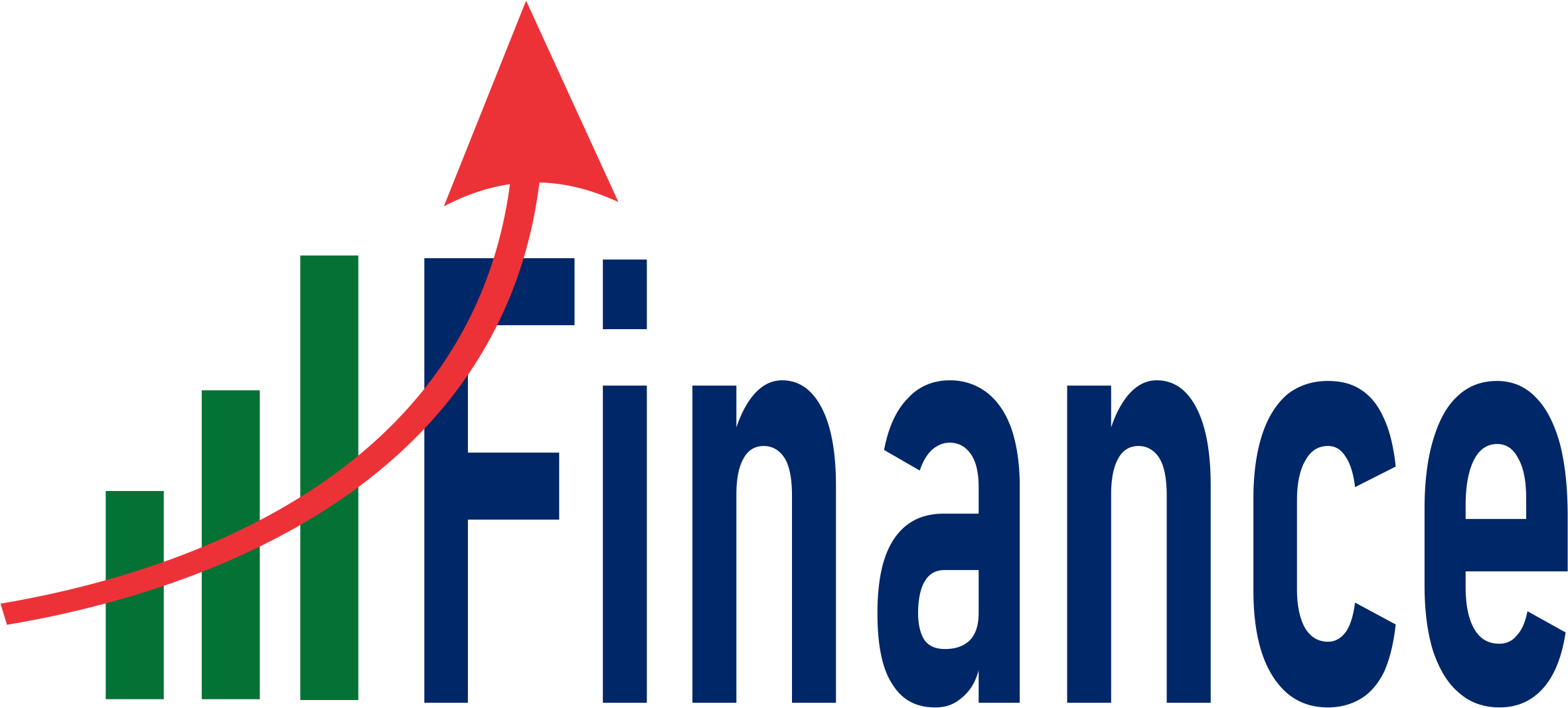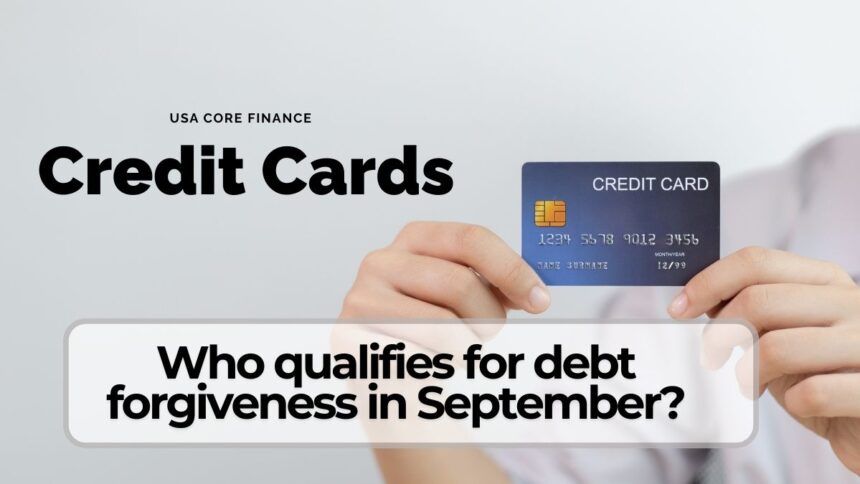Who Qualifies for Credit Card Debt Forgiveness in September?
As Americans head into fall 2025, the credit card debt crisis is reaching record levels. Credit card debt forgiveness has become one of the most searched financial relief options in the country. According to recent data, nationwide credit card balances have soared past $1.2 trillion, while the average cardholder is carrying close to $8,000 in unpaid balances. Add in average APRs hovering around 22%, and it’s no surprise more households are turning to credit card debt forgiveness programs in September.
The reality is simple: at such high interest rates, balances grow faster than most borrowers can manage. That’s why many Americans are asking the same question right now—who actually qualifies for credit card debt forgiveness in September 2025?
Understanding Credit Card Debt Forgiveness
Credit card debt forgiveness is not automatic—it typically involves working with a debt relief company that negotiates directly with your creditors. The goal is to settle your debt for less than the full amount owed. Instead of paying the full balance plus interest, you could reduce what you owe and close the account with a lump-sum settlement or structured plan.
But not every borrower will qualify. Lenders and debt relief firms look for specific conditions before agreeing to settle. If you’re wondering whether credit card debt forgiveness is an option for you this September, here are the most common qualifying factors.
Table: Who Qualifies for Credit Card Debt Forgiveness in September 2025?
| Qualification Factor | Why It Matters for Credit Card Debt Forgiveness |
|---|---|
| Unsecured debts of $7,500+ | Debt relief companies usually require at least $7,500 in unsecured debt (credit cards, medical bills, personal loans). Smaller debts are rarely eligible for settlement. |
| Serious financial hardship | Job loss, medical expenses, reduced income, or unexpected emergencies that make it impossible to pay full balances improve chances of qualifying. |
| Delinquency or risk of default | Borrowers who are already behind on payments (90+ days) or at risk of default are the most likely to see creditors agree to forgiveness. |
Minimum Debt Requirement
Most credit card debt forgiveness programs set a floor for eligibility. Typically, borrowers need at least $7,500 in unsecured debt, though some companies set the bar at $10,000 or more. If your balances are only a few thousand dollars, a settlement is unlikely to be approved.
Why? Because creditors are more willing to negotiate when the balances are high enough to make a settlement worthwhile. If your credit card debt is significantly above this threshold, you’re more likely to qualify for credit card debt forgiveness in September.
Financial Hardship Requirement
Another key factor is whether you’re facing serious financial hardship. Lenders don’t forgive balances if they believe you can easily pay in full. Instead, credit card debt forgiveness is usually available for borrowers who can prove they’re unable to keep up with payments.
This includes situations like:
- Unemployment or job loss
- Major medical bills
- Reduced income
- Emergency expenses
Creditors often require documentation—such as medical statements, unemployment benefits, or income loss proof—to justify the need for settlement. If your hardship is clear and ongoing, your chances of credit card debt forgiveness approval increase dramatically.
Delinquency or Missed Payments
Perhaps the biggest signal creditors look for is delinquency. If you’re already 90 days or more past due on your credit card payments, lenders start to worry about never getting paid back. In these cases, credit card debt forgiveness becomes more appealing to them because receiving even a partial payment is better than nothing, especially if bankruptcy becomes a risk.
If you’re still current on your bills, creditors are less motivated to settle because they’re still earning interest. But if you’re behind on payments, the door to credit card debt forgiveness in September opens much wider.
The Bottom Line
Credit card debt forgiveness isn’t available to everyone, but for the right borrowers, it can be a financial lifeline. This September, those who are carrying large unsecured balances, facing serious hardship, and are past due on payments are the most likely to qualify.
Before moving forward, remember that credit card debt forgiveness will impact your credit score and may involve fees from the debt relief company. Still, if you’re buried in debt and see no path forward, settling for less could provide the fresh start you need.
Also More: Best Rewards Credit Cards in USA 2025: Top Cash Back, Miles & Points
For struggling Americans, credit card debt forgiveness this September could be the difference between endless financial stress and finally regaining control.
Find: resource..







